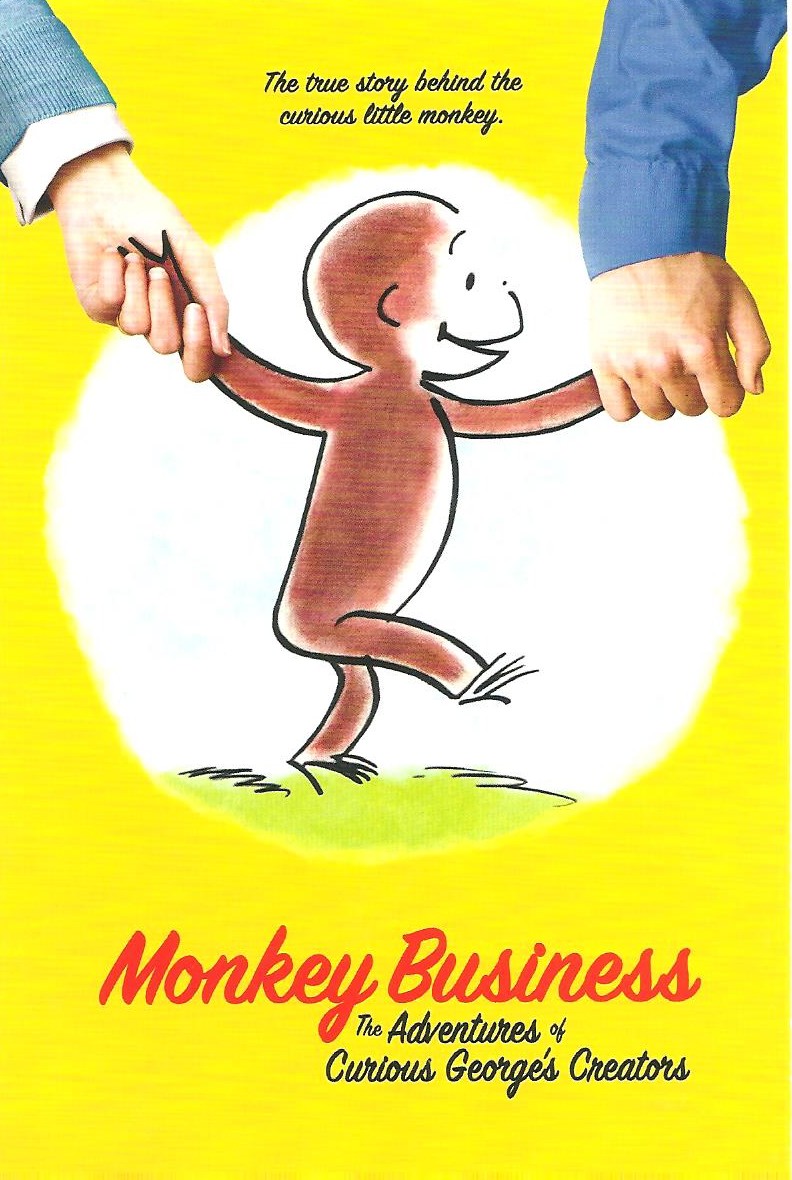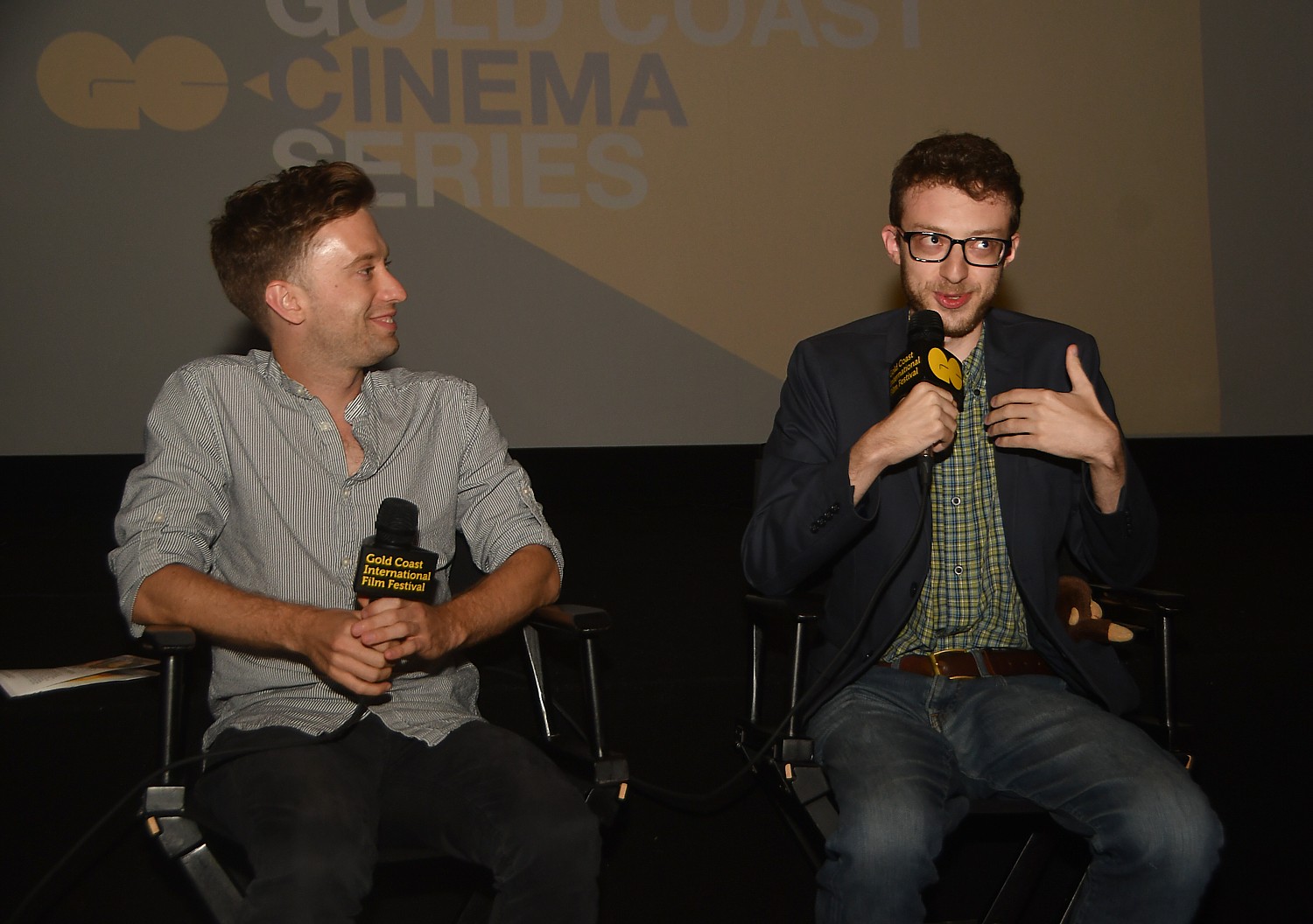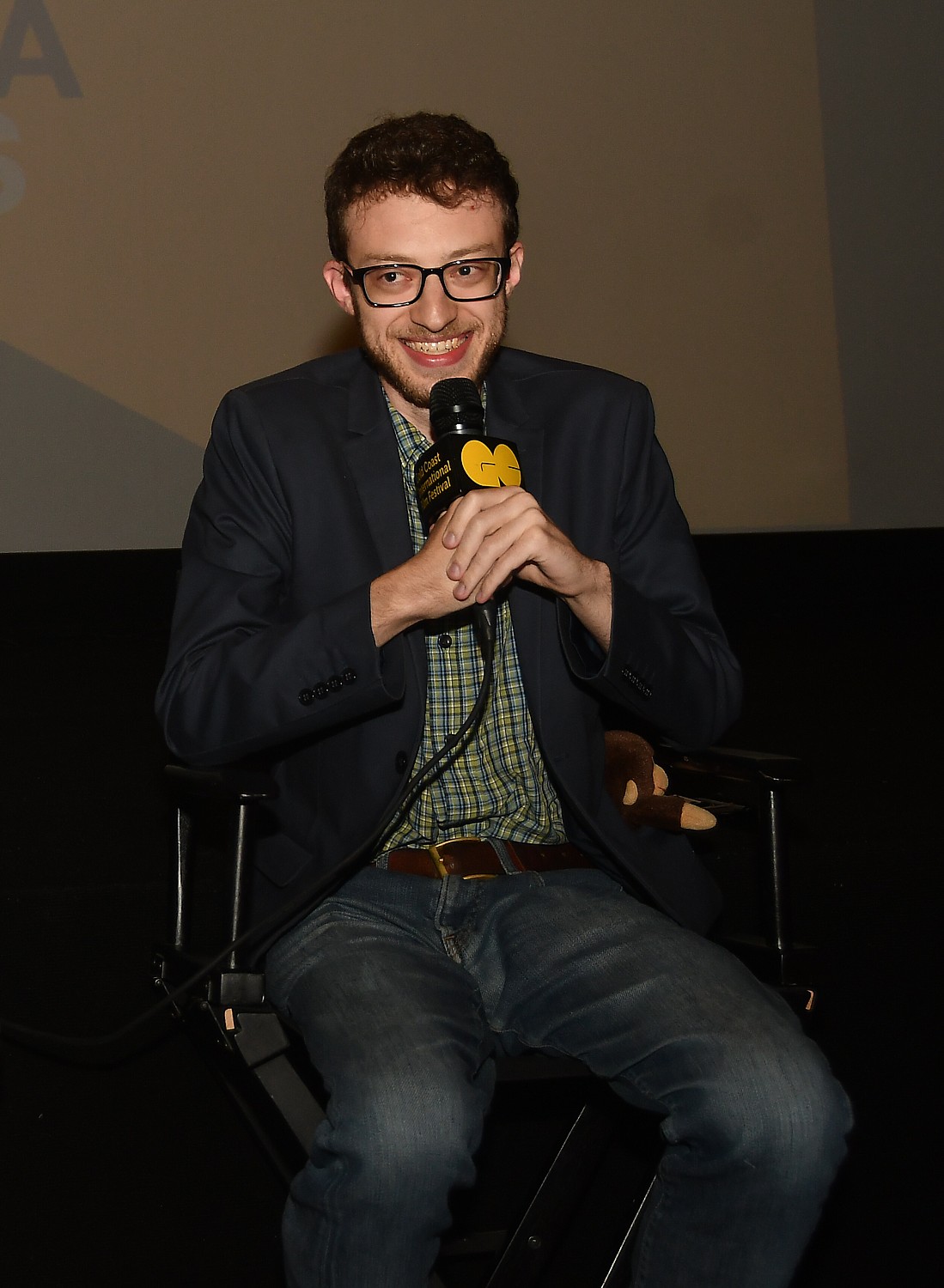
By Karen Rubin, Travel Features Syndicate, goingplacesfarandnear.com
Unlike Ema Ryan Yamazaki, the director of the new documentary “Monkey Business: The Adventures of Curious George’s Creators,” who became enchanted with Curious George as a child in Japan, I only became a fan of that impish monkey whose curiosity always gets him into trouble, when I saw an exhibit at the Jewish Museum in New York City that showed how his adventures actually mirrored the real-life adventures of its creators, the artist Hans Rey and his wife Margret, who made a harrowing escape from the Holocaust by bicycle, just steps ahead of the Nazi invasion.
Yamazaki’s documentary engagingly and cleverly incorporates animation that blends seamlessly into Rey’s own drawings along with traditional documentary techniques – newsreels, artifacts, interviews – to tell their story, which is on one level, a story about their devoted relationship and the creative process but also one of survival.
Newsreels show the context of Hans and Margret’s lives as German Jews born to upper middle class families in Germany, how dire and entrenched the economic depression became after World War I, a war that Hans, still a teenager, was recruited into as a medic. But most chilling were the images of the rise of Nazism in Germany as a response to rampant desperation, the bombing of Paris, the tanks rolling into the city, the storming of Nazi soldiers, and the long lines of people desperately trying to leave.

The film uses an animated images of the couple fleeing Paris on the bicycles that Hans built out of spare parts (because none were available), and traces their harrowing journey to get to a train, then a port in order to flee to Portugal, a neutral country, and ultimately the United States. You see them passing by the Statue of Liberty, and their words (from interviews) of reaction: that they were finally free, in a country where everything is possible, the Land of Opportunity.
Without being preachy or hitting you over the head, the scenes are chilling echoes of what is happening today, with the greatest flight of refugees from genocide, terrorism, violence, economic deprivation, and famine since World War II.
And yet, the scenes are done without horror and brutality; instead, there is emphasis on the strangers they would call upon to give them a place to sleep and food to eat on their journey.
During the Reys’ flight, they were able to carry out only what they could fit into a bicycle basket, but they brought out the completed manuscript of the first “Curious George” book ( the character was named Fifi then) and they had the check for an advance for future books, which financed their journey.
In one scene, recreated in animation, they are stopped by thuggish police who go through their possessions, then, coming upon the book with the adorable monkey, they soften and let them pass through.
Curious George saves their lives.
And the character gave them new life in the United States.
They contact a sister who lives in Long Island who knows a book editor who turns out to be a refugee from Europe, as well, who knows their work, and immediately contracts for four books, with an advance of just $1000 (probably the best deal Houghton-Mifflin ever made).
The movie is absolutely charming and frank in describing the two different personalities, from interviews with the children, now Baby Boomer senior citizens themselves, who knew them from Waterville Valley, New Hampshire, where the couple spent summers.
An interesting note: the 1950s, we are reminded, was a period of intense anti-Semitism in the United States and Waterville Valley was not exactly welcoming to the German Jewish couple. But because of the children, who played and swam with Hans (he would play turtle with them) and watched Hans draw his character and were completely enchanted by him (Margret was described kindly as standoffish and severe, “to put it kindly”), the parents warmed up as well.
We get to know them – Margret as an independent minded, nontraditional, no-nonsense woman who was a calculating businessperson (she launched herself in advertising), who wrote the text for the books and was the “curious” one; and Hans, the “mischievous” one, who was good-humored, easy-going, and loved being with the children. He was the one who would feed squirrels (digging a tunnel so they could reach his house without crossing a road), who built a bird-feeder that the squirrels couldn’t get to and a squirrel-feeder the birds couldn’t get to. At one point, Lay Lee Ong, library executor of the Rey Estate, notes that their relationship was not based on love, and yet, they completed each other and were devoted to each other and indeed, the sum of the duo was greatly more than each one alone.
As Margret says, Curious George’s curiosity gets him into trouble, but his ingenuity gets him out of it.
Anyone who grew up loving Curious George, loves the process of making art and creating children’s books, would be fascinated, but it is also a study in relationships and a genuine drama, an adventure that resonates so strongly today.
Monkey Business is narrated by Sam Waterston (“Grace and Frankie,” “The Newsroom,” “Law And Order,” whose sister was one of the Reys’ neighbors in Waterville Valley) and is the directorial debut of filmmaker Ema Ryan Yamazaki, and animated by Jacob Kafka.

At the screening as part of the ongoing Gold Coast Arts Center’s International Film Festival at the BowTie movie theater in Great Neck, Long Island, discussed the film in a Q&A.
Kafka, the son of a rabbi and a seismologist who has been making movies since he was five years old, in addition to making animated short films, developed the animation software for ROUGHANIMATOR for mobile devices which has been used by animators worldwide, was for a full year the only full-time animator.
Indeed, one of the most impressive aspects of the film biography is the animation, so novel for a documentary, but so appropriate for telling the Reys’ story. It is remarkable how Kafka was able to reproduce Hans Rey’s own style so seamlessly, literally animating Hans’ drawings.
“I tried as best I could to copy his style.” Indeed, the still characters take on movement and life because of his animation.
He said that the film utilizes some 15,000 individual drawings – each one hand-drawn (rather than computer-animated) – averaging 10 per second of film. Hans Rey would typically insert Margret and himself into the drawing, so he based his images of them on Hans’ own depictions.
“Each is hand-drawn, frame by frame. We ultimately had a team of 8-9 people – but only two were full time, and for the first year, it was just me. The background designer drew anything that doesn’t move; anything that moves, I drew. After a kickstarter campaign last year, we were able to bring on other animators.”

It was decided early on to use animation in the documentary because there was very little actual footage of the Reys. Though they did many television interviews in the 1960s and 1970s, at that time, nothing was saved.
Among the interesting elements that were discovered, was overturning the myth (which Hans enjoyed perpetuating) that while Hans was in Brazil, working for his brother-in-law’s import/export business, that he went up and down the Amazon River selling bathtubs. Though Hans traveled on the Amazon to see the jungle life (capturing images of monkeys, no doubt that figured into his Curious George creation), it wasn’t to sell bathtubs which would be absurd. That was a common truth that Hans indulged, and appears in many biographies, but was completely untrue, Kafka said, but only discovered well into making the film (there are scenes of Hans selling bathtubs to the tribal people along the Amazon).
But what they never uncovered was the origin of the character of the Man in the Yellow Hat.
Production on the documentary began three years ago and was finished in January. Asked whether the current refugee crisis figured into the making, he said it was coincidental timing, but became more and more relevant, especially because of director Ema Ryan Yamazaki, who grew up in Japan, had her own immigrant experience.
In an interview at the Nantucket Film Festival, she said, “I read Curious George growing up in Japan. I just assumed he was a Japanese monkey, and it was only many years later when I realized he was so international. I didn’t know anything about the authors of Curious George – I think we rarely get the chance to ask, ‘who wrote our great children’s books?’ and once I asked, what I found was incredible.”(See more of her interview at http://nantucketfilmfestival.org/blog/2017/6/22/five-questions-with-ema-ryan-yamazaki-director-of-monkey-business-the-adventures-of-curious-georges-creators and more about the director at www.emaexplorations.com)
Lay Lee Ong, library executor of the Rey Estate, has been successful in keeping alive and reviving Curious George – with movies, PBS, and a new generation of artists carrying on the tradition.
“Monkey Business: The Adventures of Curious George’s Creators,” which had its Los Angeles premiere in June and has been making rounds of film festivals (has been an official selection of the Los Angeles Film Festival, Nantucket Film Festival, and Rooftop Film Series before coming to the 2017 Summer Gold Coast Cinema Series), will be available online and on demand August 15 on iTunes, Amazon, Google Play, Comcast, TWC and others (see curiousgeorgedocumentary.com).
The 7th Annual Gold Coast International Film Festival will take place November 7-14, 2017 at venues across the town of North Hempstead, on Long Island’s fabled North Shore. (goldcoastfilmfestival.org).
____________________
© 2017 Travel Features Syndicate, a division of Workstyles, Inc. All rights reserved. Visit goingplacesfarandnear.com, www.huffingtonpost.com/author/karen-rubin , and travelwritersmagazine.com/TravelFeaturesSyndicate/. Blogging at goingplacesnearandfar.wordpress.com and moralcompasstravel.info. Send comments or questions to [email protected]. Tweet @TravelFeatures. ‘Like’ us at facebook.com/NewsPhotoFeatures
